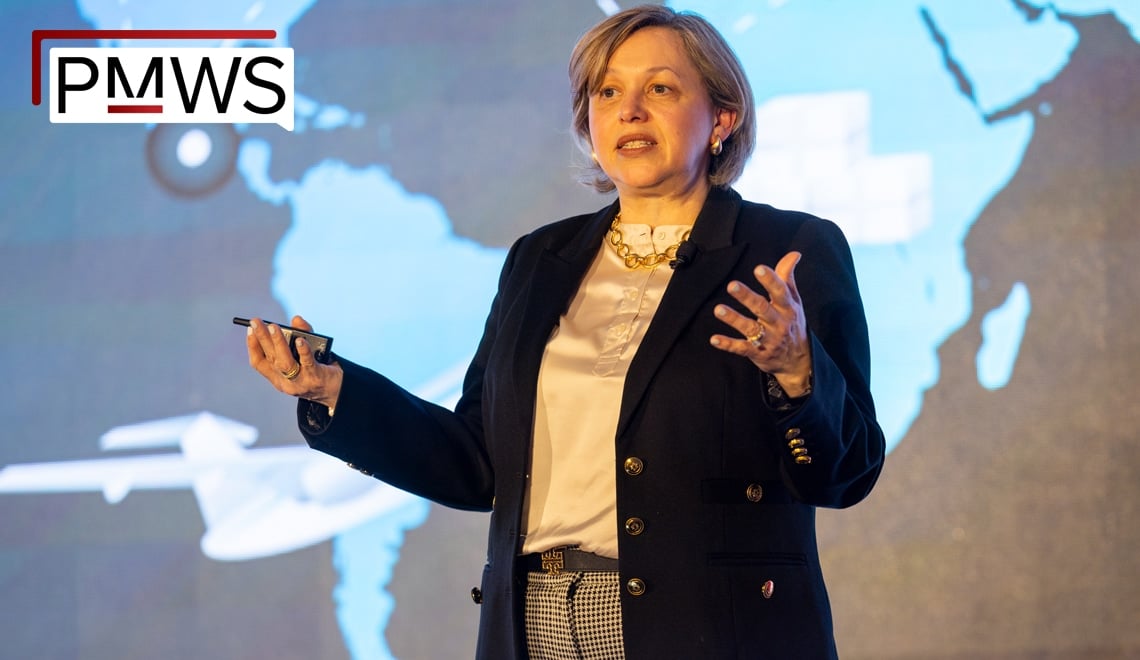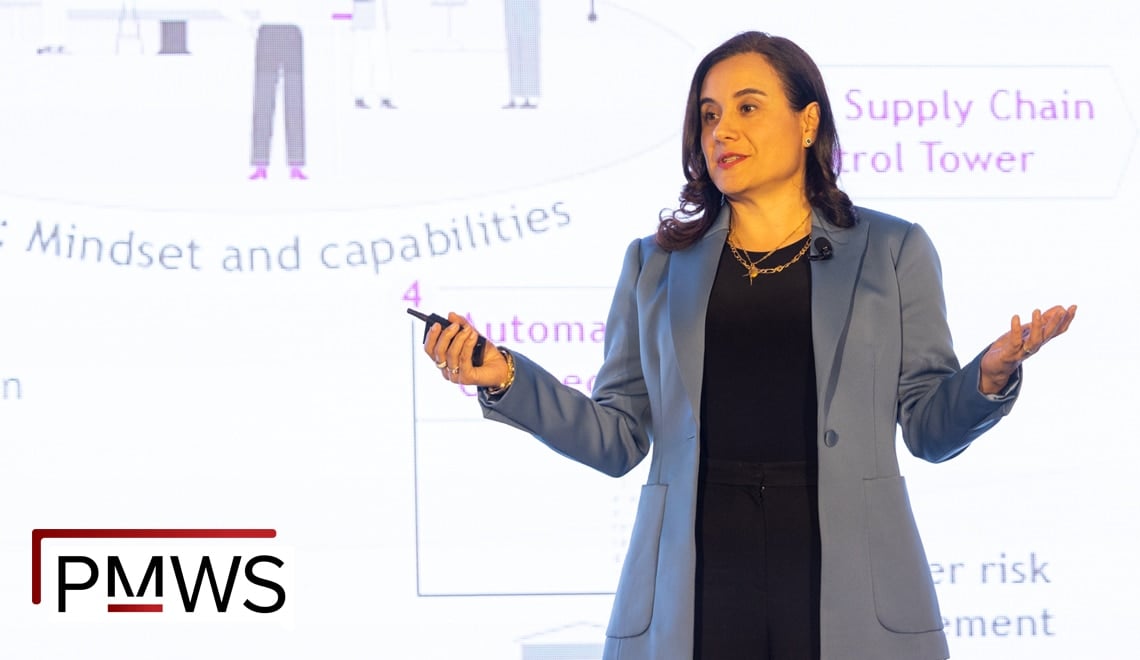- Paper, textiles, industrial materials, food supply: When your product or commodity is one of the world’s most enduring, your supply chain may be the last thing to be touched by technology
- As global trade becomes more interconnected and complex, and businesses and consumers alike expect 2-day shipping, the product and commodity supply chains we depend on most must utilize new technologies and partnership models to survive
- Discuss how companies can integrate technologies such as ML, real-time collaboration and communication, and form new partnerships to build a more efficient, modern supply chain
—

SVP and General Manager of Northeast
Flexport
As SVP & GM of Northeast at Flexport, Kaitlyn Glancy oversees Flexport’s sales and operations in the region, where she helps clients import and export billions of dollars worth of goods in an increasingly complex global trade environment. Using Flexport data, Kaitlyn has a unique view into how global trade flows are evolving due to geopolitical and economic developments, as well e-commerce and technology trends. Before her time at Flexport, Kaitlyn provided supply chain consulting services for technology companies at PricewaterhouseCoopers. She holds a B.S. from UCLA in Business Economics and is concurrently earning her MBA at Columbia University.





















